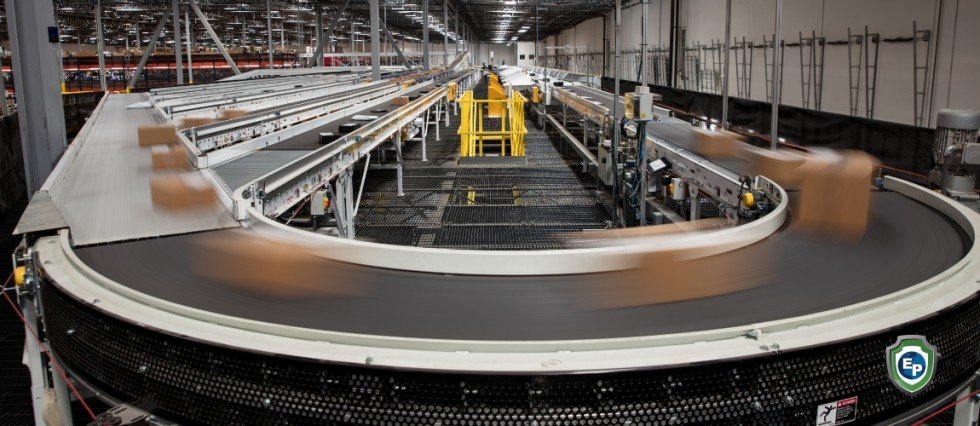The Global Supply Chain Crisis Can Last Another Two Years
The global supply chain crisis is persisting, leading many industry experts to believe it will not be over anytime soon. Come read our blog to see what the experts are saying.

As the global supply chain crisis continues, industry experts reflect on how the problem has unfolded over the last two years and forecast when it will end. But none of them are saying that it will happen anytime soon.
History’s Biggest “Everything Shortage”
“We have become so used to global supply chains that we barely think about them. It is when things go wrong that we sit up and take notice,” stated Professor Edward Anderson in a study by the Imperial College of London about the global supply chain crisis. Things went wrong indeed in the last two years, as governments' and corporations' responses to COVID-19 triggered the biggest “everything shortage” or global supply chain crisis ever, during which consumer sales climbed amid worker shortages and the slowdown of major transportation hubs.
The peak was reached in fall 2021, when ships in US west coast ports had to wait up to four weeks to unload due to a scarcity of workers on land. This created a chaotic “ripple effect” around the world with ships being locked into tight deadlines and a glut of containers in some ports in the US and Europe, but not enough in ports throughout Asia.
As consumer demand increased, which was also fuelled by the e-commerce boom, and importers tried to shove more goods through that bottleneck, it got even worse. It also got more expensive, with shipping accounting for the movement of at least 90% of goods around the world. The cost of transporting goods by sea reached record highs in the past year, triggering global inflation, which already proved more troublesome than anticipated.

Experts Warn: The Crisis May Last until 2024
Industry experts and economists believe the problems could persist through 2023 and even until mid-2024, as the finely calibrated network of world trade, already weakened by months of shipping backlogs, labor shortages, and geopolitical tensions, remains “discombobulated” and does not have clear edges.
Even if the ports in California have cleared up by now, there are still not enough trucks on the road, workers in warehouses, or delivery vans out in the streets. And the pandemic could always cause shutdowns and delays.
Moreover, as highlighted by the UNCTAD’s latest Trade and Development Report, the ongoing geopolitical tensions among some of the major economies may result in renewed trade confrontations, with important repercussions for global supply chains as countries could move production to locations that are closer, geographically and politically.
As experts warn, to resolve the supply chain crisis, developing countries have an opportunity to develop and strengthen regional value chains through regional pacts. These can ensure that small firms cooperate to reduce transaction costs and benefit from economies of scale. Businesses, on their end, have to make the supply chain a priority and invest in making them more reliable and resilient.
Trade with Export Portal
Export Portal is dedicated to providing our users with all the information they need to trade confidently. Join today and get access to all our benefits!


















Comments 2